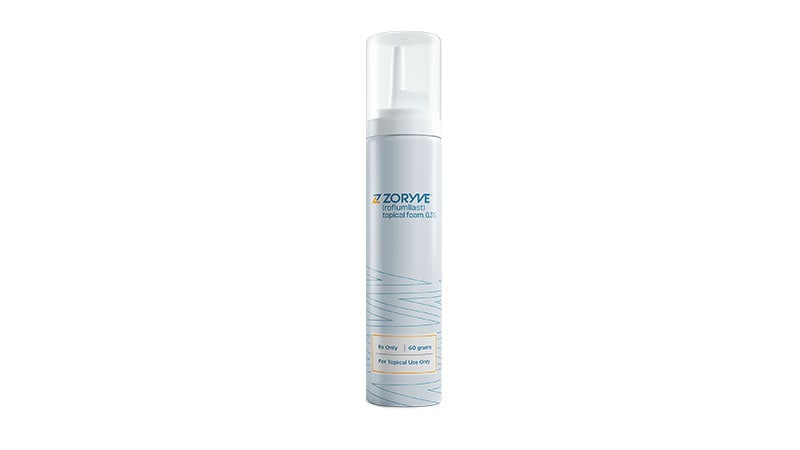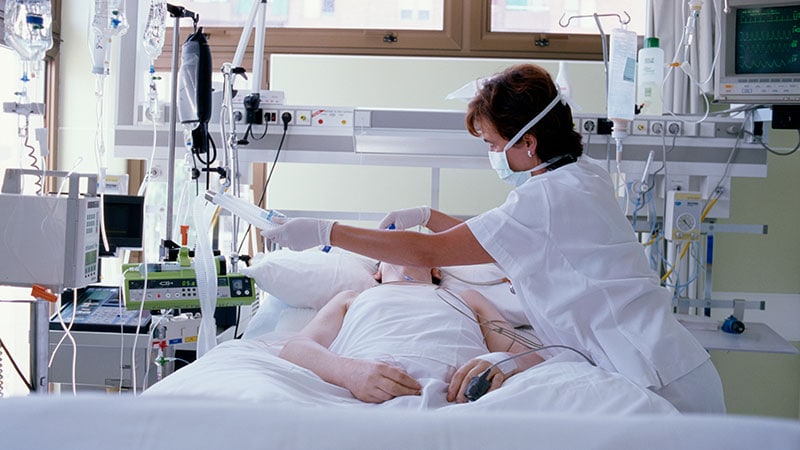Oral SGLT2 Inhibitors Reverse MASLD in Diabetes
TOPLINE:
Sodium-glucose cotransporter 2 (SGLT2) inhibitors may surpass other oral antidiabetic drugs in metabolic dysfunction–associated steatotic liver disease (MASLD, formerly known as nonalcoholic fatty liver disease [NAFLD]) regression in patients with both type 2 diabetes (T2D) and MASLD already on metformin.
METHODOLOGY:
- MASLD has no approved pharmacotherapy, and international T2D clinical guidelines make no recommendations for preferred oral antidiabetic drugs for patients with T2D and concomitant MASLD.
- Researchers compared MASLD regression and other liver-related outcomes associated with oral antidiabetic drugs in patients with T2D and concomitant MASLD using data from the National Health Insurance Database in South Korea between October 2014 and December 2018.
- The study included 80,178 patients (mean age, 58.5 years; 46.4% women) with hepatic steatosis (fatty liver index [FLI] score ≥ 60) and T2D on metformin who newly added another oral antidiabetic drug and adhered to the regimen for ≥ 80% of 90 consecutive days with a median follow-up period of 967 days.
- Participants were stratified into four groups based on the oral antidiabetic drug classes most commonly used: SGLT2 inhibitors, thiazolidinediones, dipeptidyl peptidase-4 (DPP-4) inhibitors, and sulfonylureas.
- The primary outcome was MASLD regression, defined as a reduction in the FLI score to < 30 at follow-up from a baseline of > 60, and the secondary outcomes comprised adverse liver-related consequences.
TAKEAWAY:
- Compared with sulfonylurea, the MASLD regression rate was higher for:
- SGLT2 inhibitors (adjusted subdistribution hazard ratio [ASHR], 1.99; 95% CI, 1.75-2.27),
- Thiazolidinedione (ASHR, 1.70; 95% CI, 1.41-2.05), and
- DPP-4 inhibitors (ASHR, 1.45; 95% CI, 1.31-1.59).
- In pairwise comparisons, SGLT2 inhibitors showed higher NAFLD regression rates than thiazolidinediones (ASHR, 1.40; 95% CI, 1.12-1.75) and DPP-4 inhibitors (ASHR, 1.45; 95% CI, 1.30-1.62).
- Compared with sulfonylureas, only SGLT2 inhibitors (ASHR, 0.37; 95% CI, 0.17-0.82) but not thiazolidinediones or DPP-4 inhibitors were associated with lower rates of adverse liver-related outcomes.
IN PRACTICE:
The authors concluded that "SGLT2 inhibitors might have potential benefits for patients with both NAFLD and T2D compared with other [oral antidiabetic drug] classes."
SOURCE:
The study, led by Heejoon Jang, MD, Division of Gastroenterology and Hepatology, Department of Internal Medicine, Seoul National University College of Medicine, Seoul Metropolitan Government Boramae Medical Center, Seoul, Republic of Korea, was published online in JAMA Internal Medicine.
LIMITATIONS:
Only patients with T2D who received metformin-based dual therapy with other oral antidiabetic drugs were included. MASLD regression was assessed on the basis of the FLI score and not using radiological or histological diagnostic methods. Oral antidiabetic drugs may change the body mass index, which is used to compute the FLI score; hence, MASLD regression should be interpreted with caution.
DISCLOSURES:
The study was supported by the Korea National Institute of Health research project, National Research Foundation of Korea grants funded by the Korean Government, and a clinical research grant-in-aid from the Seoul Metropolitan Government - Seoul National University Boramae Medical Center. One author reported receiving personal fees and stock options from pharmaceutical companies and founding Remedygen. No other disclosures were reported.


 Admin_Adham
Admin_Adham


